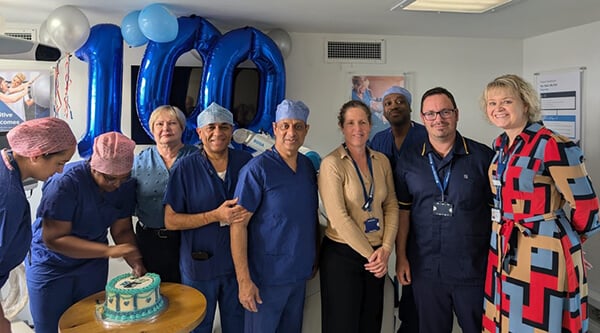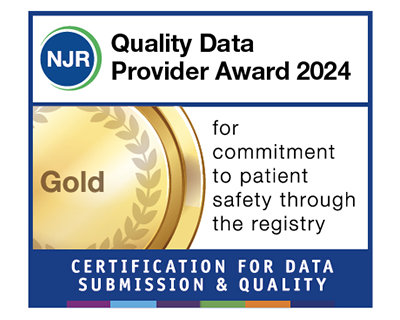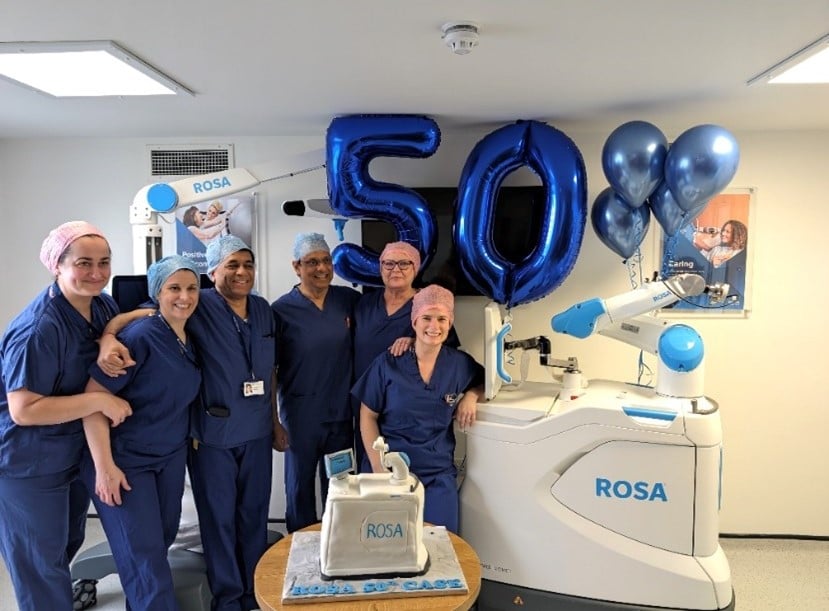You will normally have an overnight stay in the hospital after a submandibular gland surgery if you have a drain. Your drain is usually removed the day after your operation. If you do not need a drain, you may be able to go home the same day. You will need to arrange a lift home.
You can take over-the-counter pain relief if needed.
It is important that you follow your surgeon’s instructions for your wound care, including keeping it clean and dry, and not straining or lifting any heavy objects until your stitches are removed.
The stitches are usually removed seven to ten days after the operation. You can expect to return to work after that.
You should not do any exercise for one week after your surgery. After that regular exercise should help you to return to normal activities as soon as possible. Before you start exercising, you should ask a member of our healthcare team or your GP for advice.


